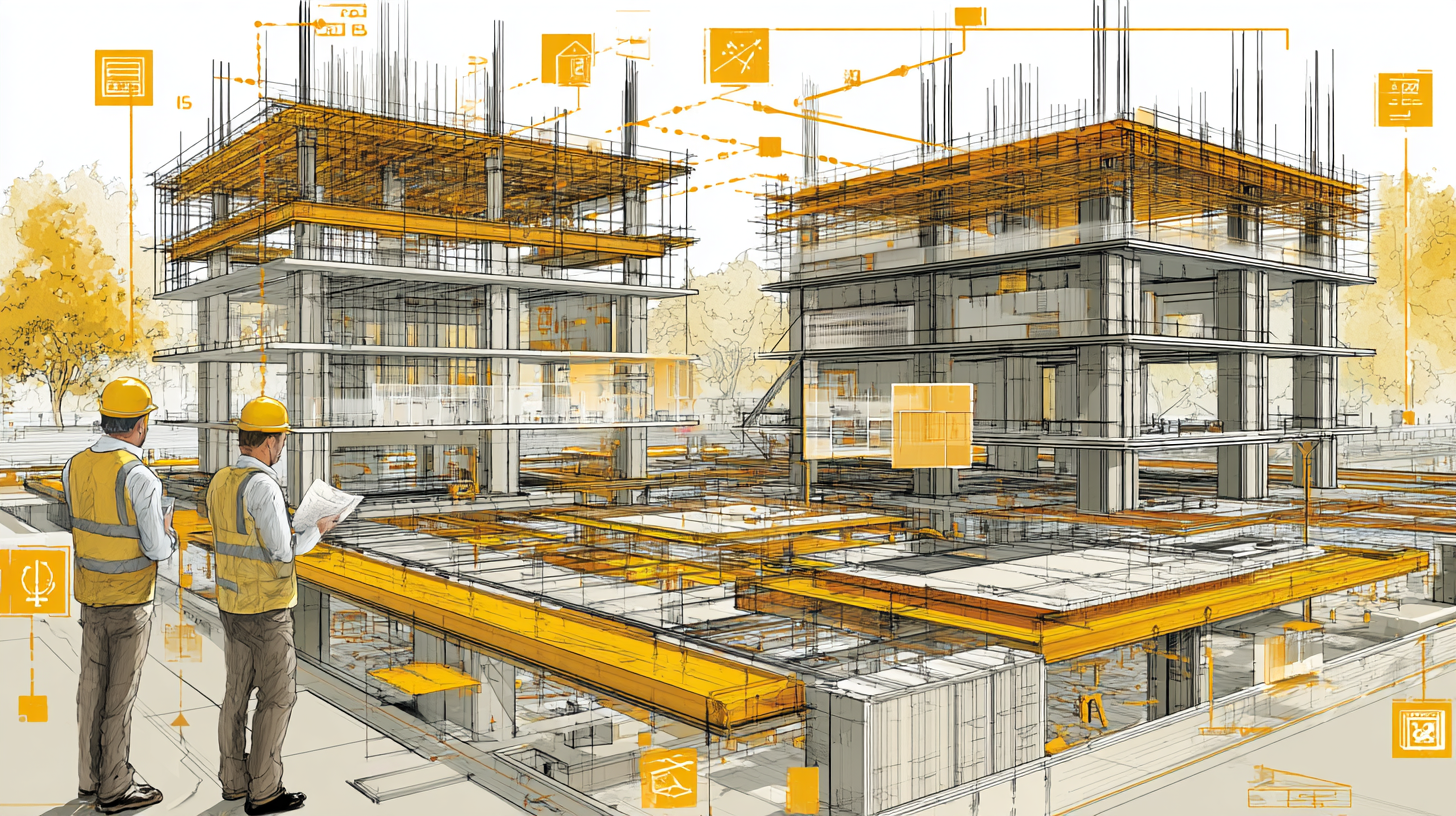The Ukrainian construction regulation and estimation system underwent cardinal changes in 2021, when most State Standards of Ukraine (DSTU) lost their force and were replaced by a new system of Ukrainian Estimation Norms (SNU). This reform created a modern, flexible regulatory framework adapted to European standards.
The Cardinal Reform of 2021 Changed the Entire System
Order No. 281 of the Ministry of Regional Development of Ukraine dated November 1, 2021, approved a new system of Ukrainian estimation norms, which completely replaced most previous DSTU in the field of pricing. This transition marked the end of a 30-year era of Soviet standards and the implementation of modern Ukrainian standards.
Repealed DSTU include all main standards of estimation: DSTU B D.1.1-1:2013 “Rules for determining construction costs”, DSTU-N B D.1.1-2:2013 regarding direct costs, DSTU-N B D.1.1-3:2013 on general production expenses, and other key pricing documents.


